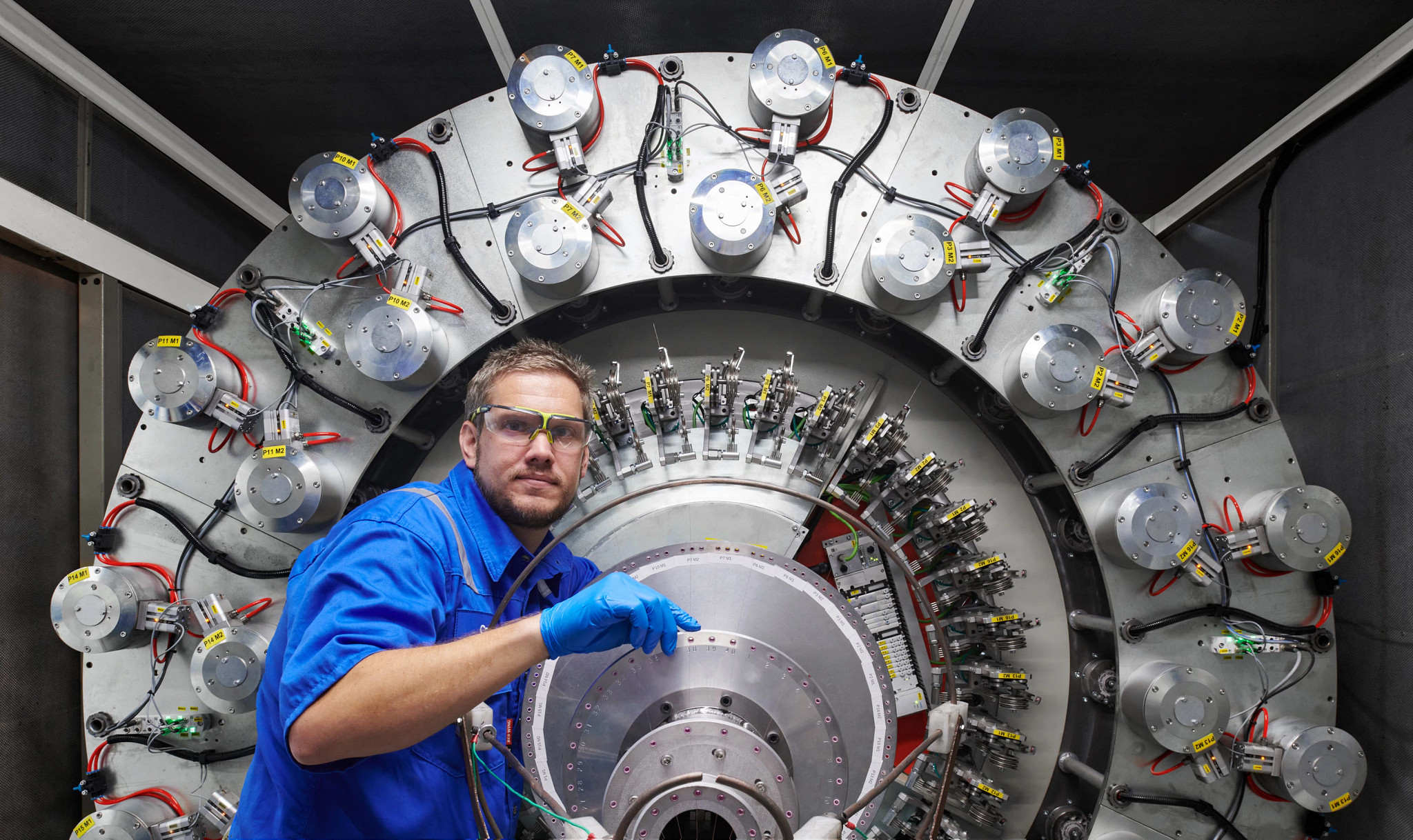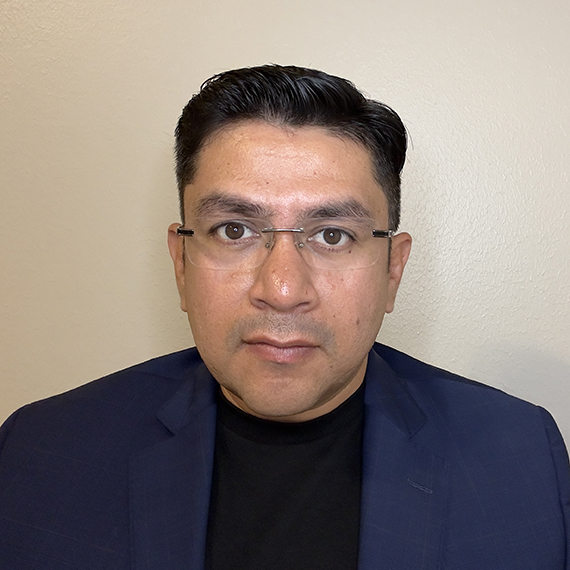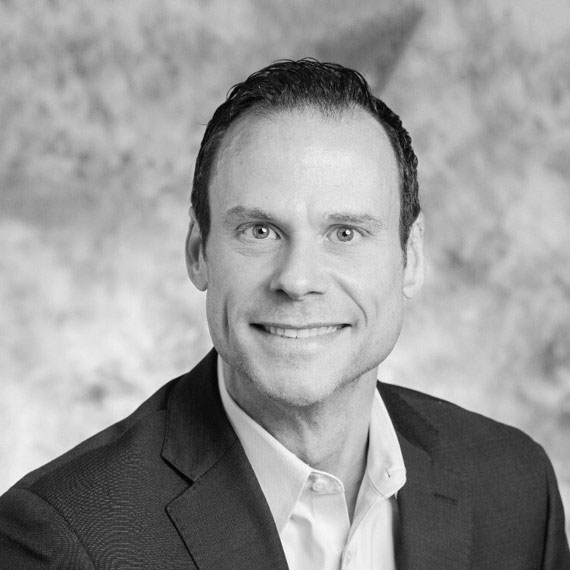Operational improvement in the oil and gas sector is typically known for being incremental. Often, it’s a function of equipment or service refinements—advances that yield some measure of increased efficiency but are limited to that individual element. In upstream, for example, these isolated factors can be things such as drillbit design, fluid formulation, or logging- and measurement-while-drilling capabilities (just to name a few).
This approach can be effective in the short-term and midterm, but at one point it begins to impede your investment economics. You can improve individual products, technologies, and workflows only so far before it becomes necessary to factor in their impact on other elements within the greater system.
Take drilling as an example. A new bit may achieve an improved rate of penetration (ROP) in a set of runs, but change the drilling fluid, the drilling motor, or steerable system—even within the same field or pad—and the result is often inconsistent. Why? The improved drill bit was designed and tested separately without considering other items in the drilling system. Set this microview in reverse and you’ll see that reliability and repeatability are further impacted: Other system elements can be evolved or improved independently of the new drill bit. A new fluid might perform perfectly from a chemical perspective, but it might also dull bit performance or other bottomhole assembly (BHA) components.
This siloed approach erects substantive barriers to performance, scalability, and agility by separating domains, disciplines, divisions, service providers, and their associated workflows. And it affects more organizations than anyone would like to admit—and their ability to achieve target economics.
So, what’s the cure?
Well construction, reservoir performance, production systems, and software integration may seem as different as drill bits and wireline log interpretations, but in reality, they are parts of the whole oil and gas upstream and midstream systems. While you may not be able to unify drilling through production or facilities planning, you can dissolve their siloes within greater systems (think upstream activities that involve well construction, reservoir characterization, completions, and more). This improves efficiency, reliability, and repeatability—transitioning from the idea of performance improvement to performance assurance.
At the core of performance assurance is this system-level optimization, which encompasses a breadth of activities including materials, people, and workflows. Treating these holistically rather than individually is a big ask that not only breaks down siloes, but also paves the way to chipping away at other performance barriers such as geographic travel limitations, expertise shortages, and data latency.
Achieving system-level optimization and why it matters
Highly complex, system-level optimization involves several key elements:
- multiple disciplines, all with a deep understanding of the full value chain, working together to radically redesign processes
- digitalization enabling both speed and accuracy in modeling decisions and analyzing their ramifications
- scalability and agility allowing for real-time operational response to feedback or market volatility.
The crucial step in deriving an optimal plan is found in combining technology and domain expertise. This is where digitalization lays the groundwork for creating an environment that enables instant collaboration between domain experts and operators, along with real-time data feeds and remote control of certain operations.
The benefits of such a digitally connected environment are fourfold:
- unlocks an operational flexibility that continues to improve as optimization opens any activity to borderless competency management
- improves safety
- scales quickly to better handle regional or seasonal activity variations
- enables a better contingency to mitigate the effects of unplanned events, such as weather or travel restrictions, without compromising health and safety.
Continuing with the upstream example, digitalization and optimization dovetail to redefine what is achievable. Workflows for all traditional wellsite roles evolve and adapt to the collaborative digital environment, thereby minimizing the number of physical tasks required. This, in turn, reduces on-site personnel and the health, safety, and environment (HSE) exposure associated with it.
By moving away from the actual rig site to centralized knowledge hubs, engineers don't just plan together with domain experts and operators, they also execute operations using the data streams coming from integrated, intelligent technology. Common processes are automated so those very same engineers can focus widely on achieving performance assurance. And relevant experts carry out analytical tasks for activities such as formation evaluation, wellbore positioning, directional drilling, well intervention, data quality, and evaluating overall execution readiness—all in town and away from the rig site. The best part? Actionable insights reach decision makers faster to assure optimal decision making, potentially prevent unwanted incidents, and decrease related response times.
Inevitable and essential
Wrapped within performance assurance are safer, more consistent, and higher performing operations. Using system-level optimization measurably improves operational performance and minimizes trips to well sites, facilities, or offices, thereby reducing carbon dioxide emissions, fuel consumption, and HSE exposure. All this is accomplished by redefining what is achievable: implementing new capabilities, facilitating collaboration, standardizing procedures, and either minimizing or completely eliminating nonvalue-added tasks.
Although it demands significant investments in time, effort, and analysis, breaking historical paradigms has been proven possible. Dismantling existing performance barriers is crucial to dissolving the complexities that impede data delivery to decision makers, minimizing cumbersome logistics, and reducing related costs. Seeing expertise, processes, and technologies not as separate but as parts of a larger whole amplifies digital operations, enabling borderless expertise and melding it with processes and technologies for more agile activities.




